Description
Join us for a fun-filled day exploring all the best Kyoto has to offer!
You can opt for a 6-hour or an 8-hour tour, and it will depend on the duration and your tempo how much you can see during the tour. Of course, all tours are customizable and you will decide together with your guide what will be the best route for you using the options listed below and/or other locations. It is also possible to go more off the beaten path if you would like that, please mention this in your inquiry so the guide can tailor the program to you.
Other options are a 3-hour Kyoto by Night Tour (with or without food/drinks) and a Kyoto Bicycle Tour (available in English and French).
Please email us at nicki.tokiotours@gmail.com for availability and inquiries.
Our standard Kyoto itinerary options
Kiyomizu-Dera Temple
A great place to begin a day in Higashiyama is Kiyomizu-Dera, a World Heritage Site with more than 1,200 years of history.
While there is much to see here, there are two areas of this temple in particular that are well worth a visit so we will be sure to show you all the best spots! There’s a balcony that hangs over an impressive cliff. Amazingly, this nearly four-story tall balcony was constructed without a single nail using a technique known as kake-zukuri. While lovely any time of year, the view of the trees is particularly stunning during the fall or when dotted with sakura in the spring. There are also illumination events at various times of the year so a night tour is also possible.
Otowa Waterfall
Next is the Otowa Waterfall. Located just below the Honden or main shrine, these waters were believed to be sacred and capable of passing on blessings to those who drank from the falls. It is held now that each of the three streams of the waterfall has its own unique blessing: one for academic success, one for good luck in love and romance, and one for good health. You can even drink the water that comes from this age-old stream.
Jishu-Jinja Shrine
Because Buddhism and Shinto are syncretized in Japan, it’s not uncommon to find shrines inside Buddhist temples and vice versa. Kiyomizu-Dera is no exception. Jishu-jinja is a particularly famous shrine located inside Kiyomizu-dera. One of the main draws of this shrine is the “Love Fortunetelling Stones.” Located about 10 meters apart from each other, it’s said that anyone who can successfully walk eyes-closed from one stone to the other will be successful in love. The shrine also sells a variety of unique love charms ranging from those for finding your true love to those for deepening an existing relationship.
Ninenzaka and Sannenzaka
Located at the foot of the mountains and slightly to the north of Kiyomizu-Dera are Ninenzaka and Sannenzaka. These historic streets are some of the best-preserved in Kyoto. The stoned-paved streets are lined with lovely wooden stores selling everything from delicious Kyoto specialties to fine souvenir goods. There are also numerous cafes and restaurants should you feel like taking a break with a bite to eat or something to drink.
Optional: Maiko Henshin Experience
Try on the costume of a maiko during an experience known as ‘maiko henshin’. Please note that there will be a separate charge for this and the amount will depend on which studio is used.
If you want to know more about the world of maiko and geiko (Kyoto dialect for geisha), why not start by experiencing what it’s like to wear their costume and makeup? There are several studios that offer a service known as maiko henshin— literally maiko transformation. It will definitely make your holiday pictures unforgettable!
Yasaka Pagoda
Next on our list is the five-story Yasaka Pagoda is a symbol of the Higashiyama area, this impressive pagoda stands at 46m (approx. 150ft.) tall.
Yasaka Koshind0
Of course, if you are in the area you cannot miss the colorful shrine called Yasaka Koshindo. Built in the Heian Period, this is said to be the oldest sacred place of Koshin-Shinko, a folk faith of Japan. It is well known for its many strings of kukuri-zaru, little “monkeys” with their hands and feet tied together. Visitors to this shrine can leave their desires tied up with these monkeys in order for their wishes to come true.
Nene no Michi and Kodai-Ji Temple
From here we’ll head to the Nene no Michi or the path of Nene. This street is named for Nene, the wife of Toyotomi Hideyoshi. As with Ninenzaka and Sannenzaka, you’ll find many beautiful stores selling a variety of goods. If there’s time we might make a brief stop at Kodai-Ji Temple. This temple was established at the behest of Nene in memory of her husband. Both she and Toyotomi are enshrined here. There are special illuminations held at the temple in the spring, summer, and autumn months so this tour will also be perfect to do at night.
Maruyama Park
A tour in Kyoto isn’t complete without visiting one of its major parks or gardens. This one is famous as one of Kyoto’s most popular sakura viewing spots. The star attraction is a shidarezakura weeping cherry tree. The tree is lit up during the cherry blossom season from sunset until 1 am from around mid-March to mid-April. If you visit in the spring, you can take part in Japan’s hanami (cherry blossom viewing) culture! (Please mention wanting to have a hanami experience when you book this tour) (only available in cherry blossom season)
Yasaka-Jinja Shrine
Yasaka-Jinja is an important presence in Gion. In fact, it was called Gion-jinja or Gion Shrine up until the Meiji Restoration. Yasaka-jinja holds the Gion Matsuri, a festival with a history of more than a thousand years. This incredible event spans nearly the entire month of July. On our way out of the shrine, our guide will show you Yasaka-jinja’s brilliant romon gate and komainu– lion dogs that guard the shrine.
Inside Yasaka-jinja, you’ll also find a smaller but no less popular shrine called Utsukushii Gozen-sha. The goriyaku or blessing of this shrine is said to be both physical beauty and beauty/purity of heart. The water that flows here is said to beautify both appearance and heart, so feel free to pat some on. Just keep in mind that unlike the water at Kiyomizu-Dera, this is not for drinking. It is said that many geiko and maiko also frequent this shrine.
Hanamikoji-Dori Street
Next, we’ll head to Hanamikoji-Dori. The most notable features of this street are the many okiya, places where geisha and maiko live. Also here is the Gion Kaikan, the theatre in which Gion’s maiko and geiko perform the Miyako Odori every year in April. Tickets are required for the event so if you like our guide can help you get tickets for one of the shows.
Maiko spotting
Lastly, with some luck, you may be able to see maiko on their way to engagements in the early evening on Hanamikoji-Dori. While the urge to take as many pictures of them as possible is understandable, please remember to be respectful and take pictures from a reasonable distance.

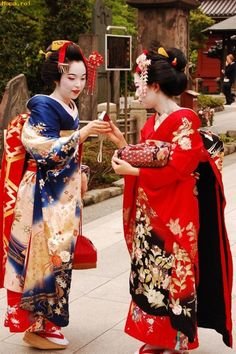
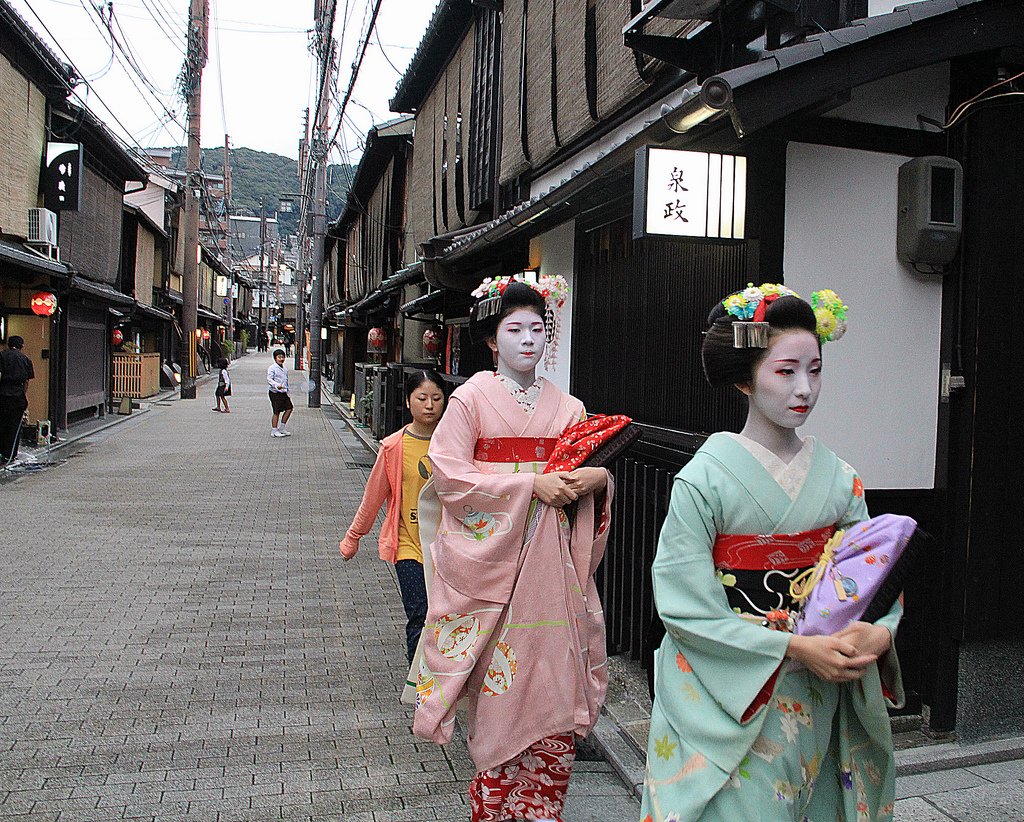
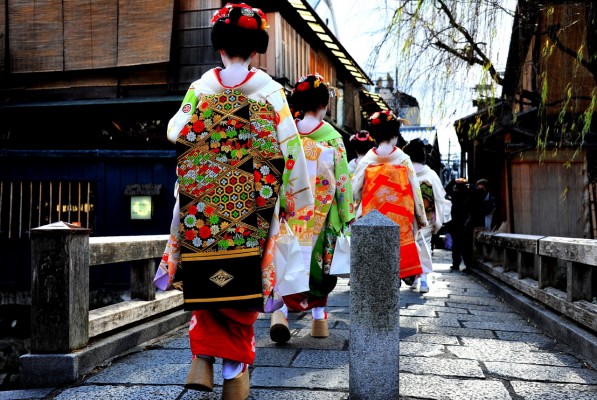
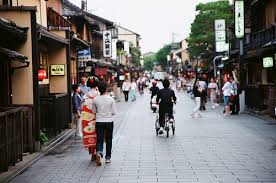
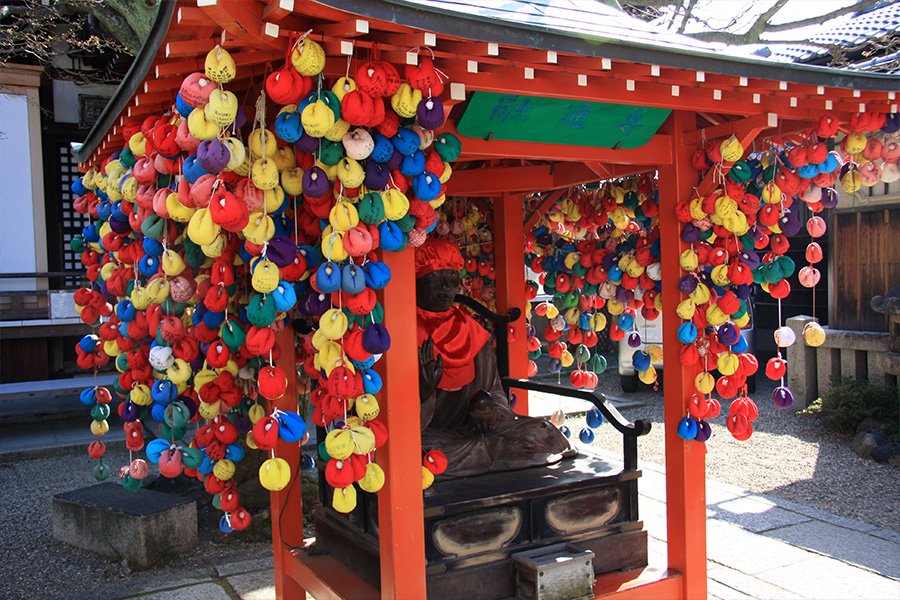
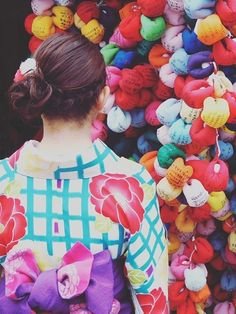
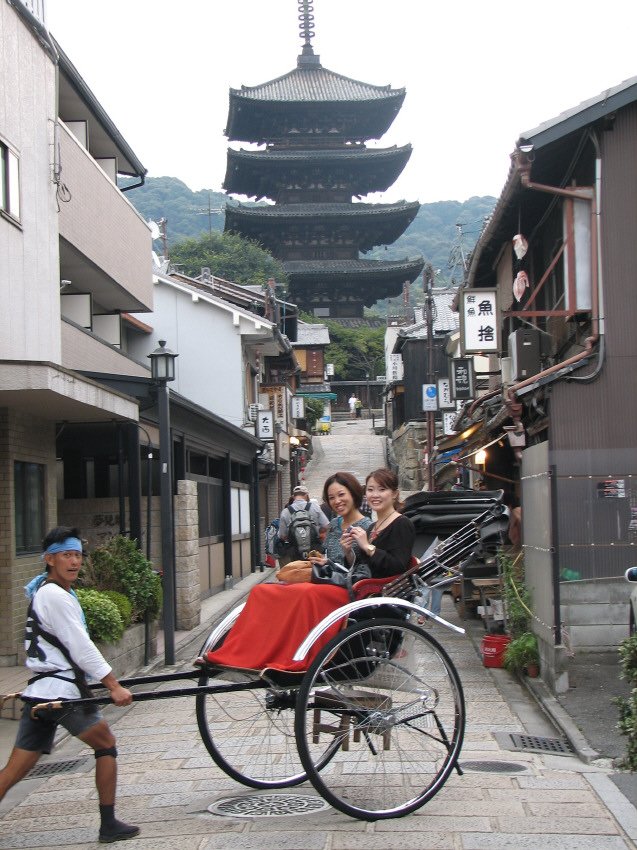
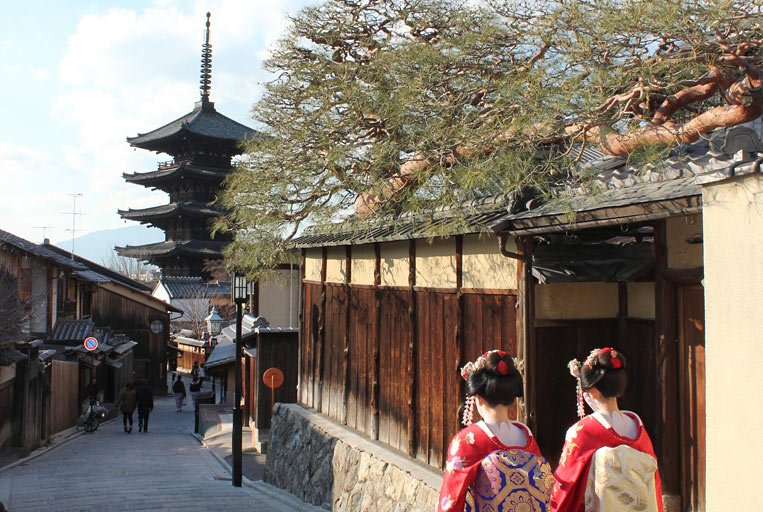
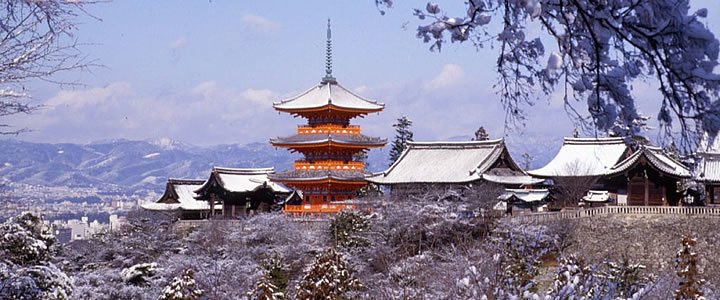
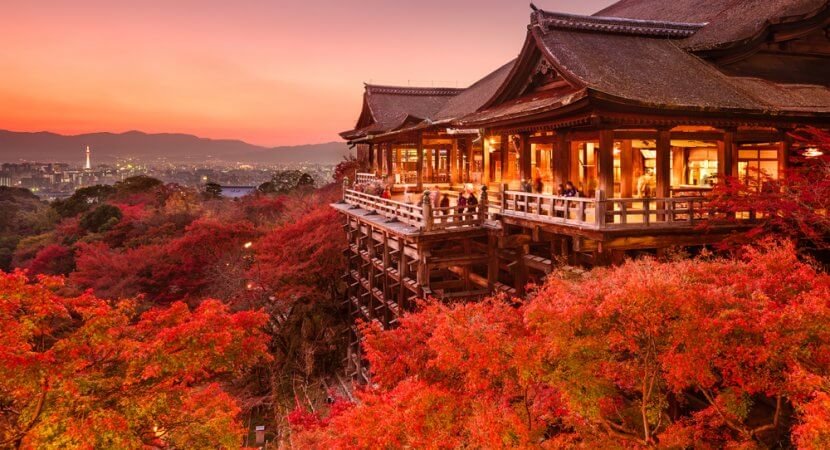
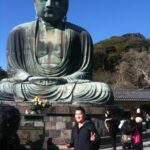
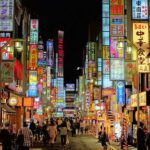
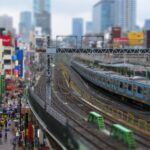
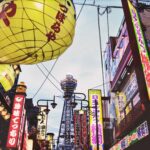
Reviews
There are no reviews yet.